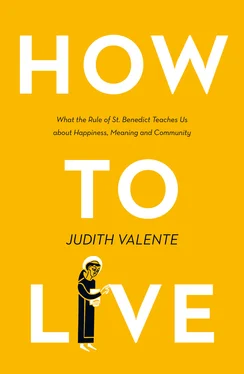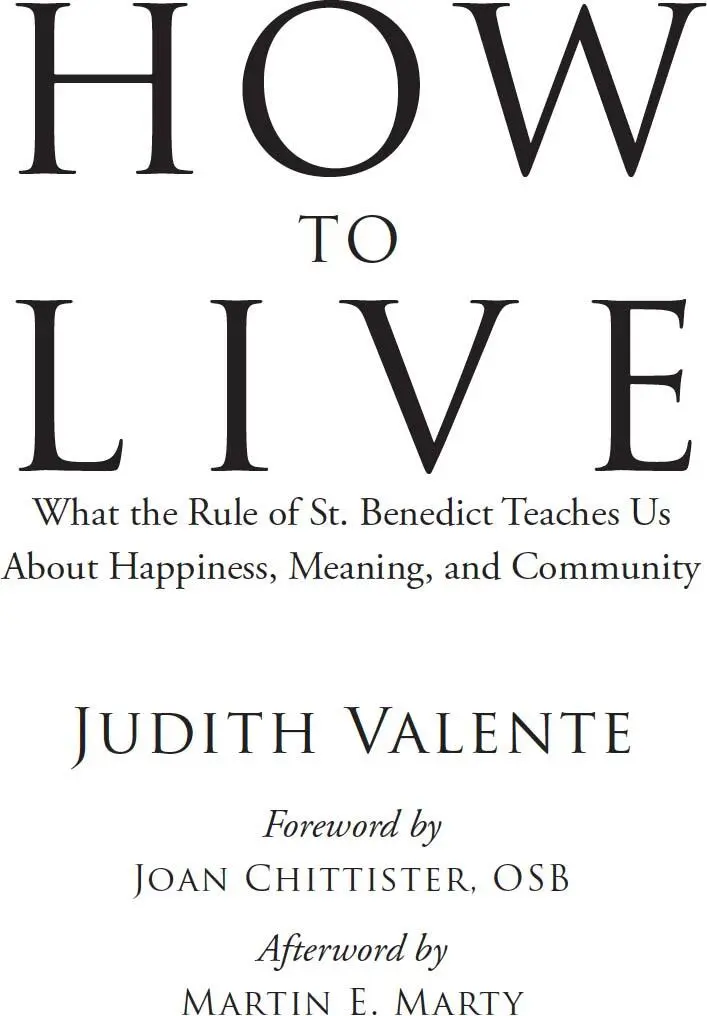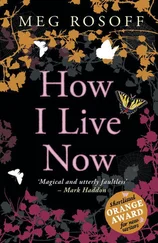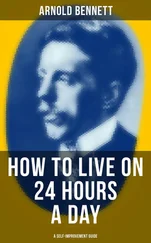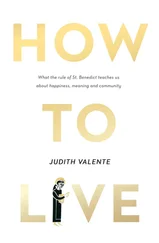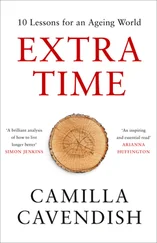
William Collins
An imprint of HarperCollins Publishers
1 London Bridge Street
London SE1 9GF
WilliamCollinsBooks.com
First published in Great Britain in 2018 by William Collins
This edition published by arrangement with Hampton Roads Publishing Company, Inc. Charlottesville, VA 22906. Distributed by Red Wheel/Weiser, LLC
Copyright © 2019 by Judith Valente
Foreword copyright © 2018 Joan Chittister
Afterword copyright © 2018 Martin E. Marty
Judith Valente asserts the moral right to be identified as the author of this work in accordance with the Copyright, Designs and Patents Act 1988
Cover design by Heike Schuessler
Interior by Maureen Forys, Happenstance Type-O-Rama
All rights reserved. No part of this publication may be reproduced, stored in a retrieval system, or transmitted, in any form or by any means, electronic, mechanical, photocopying, recording or otherwise, without the prior permission of the publishers.
Source ISBN: 9780008308308
Ebook Edition © December 2019 ISBN: 9780008308292
Version: 2019-12-03
“This is a timely book for troubled times, showing how the values and practices established by St. Benedict in the 6th century can help us lead happier lives. A self-professed workaholic, the author allows the reader to see how her life has changed for the better since she took this ancient wisdom to heart.”
—KATHLEEN NORRIS, author of The Cloister Walk, Dakota: A Spiritual Geography, Acedia and Me, and Amazing Grace
“To have such a gifted writer live and report through the lens of The Rule of St. Benedict is a blessing for all of us. Judith Valente offers more than perspective. Her life’s work is monastic. To read, reflect, and report is the role of a professional journalist. As an author and journalist, Valente has The Rule of Benedict for her editor. What a gift for us.”
—MARY MARGARET FUNK, author of Thoughts Matter, Tools Matter, Humility Matters, and Out of the Depths
“Judith Valente has a knack for making the ancient Rule of St. Benedict come alive as a guidebook for today. With many examples and personal anecdotes, her presentation is insightful, delightful, and very honest. You will find yourself chuckling, but then checking to see where you’ve been hit.”
—JEROME KODELL, author of Don’t Trust the Abbot: Musings from the Monastery and Life Lessons from the Monastery
“Like all of Judith Valente’s writing, this beautiful actualization of The Rule of St. Benedict is accessible, inviting, challenging, inspiring, and wise. Even if you’ve never once set foot in a Benedictine monastery, this book will help you live a more contemplative and centered life in the busiest of worlds—your own.”
—JAMES MARTIN, SJ, author of Jesus: A Pilgrimage
“ How to Live is a warm, inviting, and accessible introduction to the wisdom of Saint Benedict and its continuing relevance for our time. Whether you are new to The Rule or have been following the Benedictine path for many seasons, this book will enrich you with its insights and charm.”
—CARL MCCOLMAN, author of The Little Book of Christian Mysticism and Answering the Contemplative Call
“For those of you who suspect that it is “high time to rise from sleep” this book holds much promise. Filled with the practical wisdom of St. Benedict, it is a work that can help you discern ways to enrich your daily life. With keen insights into monastic living, the author shares her own journey of discovering that The Rule of Benedict is not just for monks.”
—MACRINA WIEDERKEHR, author of Seven Sacred Pauses
For Thomasita Homan, OSB, who brought me to The Rule.
And, as always, for my husband, Charley.
Contents
Cover
Title Page
Copyright
Praise for How to Live
Dedication
Acknowledgments
Foreword
1.Yearning for Life: On Beginning
2.Listen with the Ear of the Heart: On Paying Attention
3.Run with the Light: On Waking Up
4.Is There Life Before Death? On Living Fully
5.The Tools for Good Works: On Peaceful Living
6.Restraint of Speech: On Silence
7.“Have Patience with Me”: On Humility
8.The Times for Saying Alleluia: On Prayer
9.Sleeping with Knives: On Trust
10.Linking Arms: On Community
11.Workaholism and Over-Achieverism: On Finding Balance
12.To Make Amends: On Forgiving
13.The Guests at Our Door: On Hospitality
14.Do I Need This Now? On Living Simply
15.Seeking the True Self: On Facing Our Faults
16.Summoning the Community for Counsel: On Building Consensus
17.The Care of Souls: To Be a Leader
18.Nothing Is to Be Neglected: On Caring for What We Have
19.“Your Blessing, Please”: On Living with Awe
20.A School for the Lord’s Service: On Finding Meaning in Our Work
21.“I’ve Never Been Where I Am Not”: On Contemplation
22.Always Beginning: On Conversatio Morum
Afterword
About this Book
About the Author
About the Publisher
I wish to express gratitude to Lisa Breger and Annie Parker for being early readers of the manuscript; Mary Lou Kownacki, OSB, Mary Ellen Plumb, OSB, and Anne McCarthy, OSB for reviewing the manuscript for accuracy; Joan Chittister, OSB for her insightful introduction; Kathleen Norris, Macrina Wiederkehr, OSB, and Mary Margaret Funk, OSB for their inspirational work on The Rule ; Jane Hagaman of Red Wheel/Weiser and Addie Talbott for their careful editing; Greg Brandenburgh of Hampton Roads Publishing, without whose vision the book would not be possible; my agent, Amanda Annis of Trident Literary Agency, for her unwavering belief in this project; Ray Clem of Atchison for his cheerful support of me and all things Benedictine; the Benedictine sisters of Mount St. Scholastica for modeling The Rule for me; and my beautiful husband, Charles Reynard, for being my best editor and best friend.
Editor’s Note: The epigraphs in this book are all taken from The Rule of St. Benedict . The chapter titles are noted in each one.
Translations of The Rule are adapted from A Reader’s Version of The Rule of St. Benedict in Inclusive Language. Edited by Marilyn Schauble, OSB and Barbara Wojciak, OSB. Benetvision. 1989.
The United States, young and bustling, new to the world, and racing to become something fresh and meaningful, is impatient with age. We are a living experiment in innovation and uniqueness. Europe and other older civilizations, on the other hand, are studies in transformation and tradition. They don’t bulldoze the past to put up something new; they build on it from within and in the process make way for the new even as they preserve the old. Clearly, the underlying difference between the character of American cities and the cast and quality of European cities is obvious: it is the way each of these cultures deals with time.
Читать дальше
